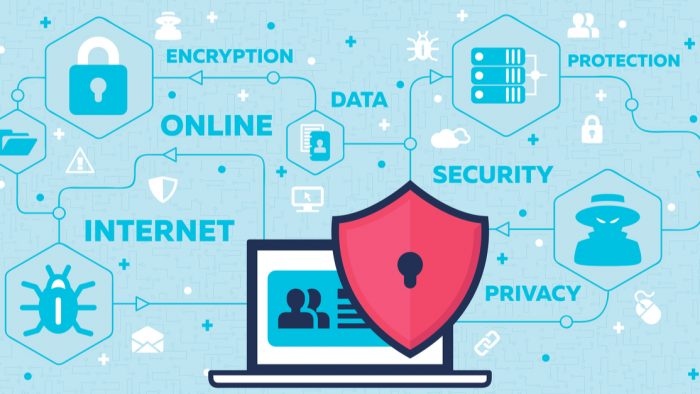Estimated reading time: 2 minutes
Smartphones, tablets, and laptops. Oh my! This isn’t the eighties, most workplaces today are extremely modern with their technical equipment and device queries. When dozens of employees are sharing the same network with their plethora of devices, security threats will tend to come into play, placing a set of vulnerabilities on the backs of IT managers. That’s where the importance of mobile security optimization comes into the picture.
A company isn’t hardly structured unless a mobile security plan is put in place. Optimizing a mobile security plan is vital in preventing major threat attacks and security breaches.  A company’s security team needs to perform regular audits to stay up-to-date on what applications are in use and who is using what array of devices within your network. These audits can help managers analyze each individual device’s vulnerabilities, including faulty Wi-Fi connections and maintaining your entire infrastructure.
A company’s security team needs to perform regular audits to stay up-to-date on what applications are in use and who is using what array of devices within your network. These audits can help managers analyze each individual device’s vulnerabilities, including faulty Wi-Fi connections and maintaining your entire infrastructure.
IoT in the Mobile Security
Factoring in IoT, these devices exist in a growing number of enterprises, but most devices don’t even contain cybersecurity firmware, whatsoever. Hackers commonly target IoT devices as potential entry points into complex networks as apart of lateral movement attacks.
When selecting a solution for IoT applications, one will need to understand which devices are connected to your network, who is accessing which device, and where they are accessing those devices. Many pieces of equipment can prove as difficult to detect without some means of intervention early on. 
Protecting your Enterprise
Mobile security means more than protecting programs, files, and data traffic within such applications. Sensitively downloaded files can linger in applications and software services long after usage. Some apps remove files from their mobile storage after a session ends, but that’s not always the most common finding. Businesses need to secure insights around who has access to files through mobile security optimization. Remote device wiping and disabling in such use-cases of theft and loss is common as well. You should ensure the implementation of these wiping tools to fit to your enterprise processes and any privacy demands.
Looking out for your Employees
Mobile devices, on their own, don’t cause a majority of internal cybersecurity threats. Employees are typically the root of the problem, due to the lack of their equipment knowledge. Managers should enforce a corporate technology training program, so that all employees are working in coordination with policy together. It’s been found that approximately 14% of enterprises had no form of security training for their employees, which is 14% too low. Mobile malware is a serious threat and employee education is a way to weaken it. Human error within the workplace can catapult the enterprise into a world of hurt and squandered assets, essentially.

